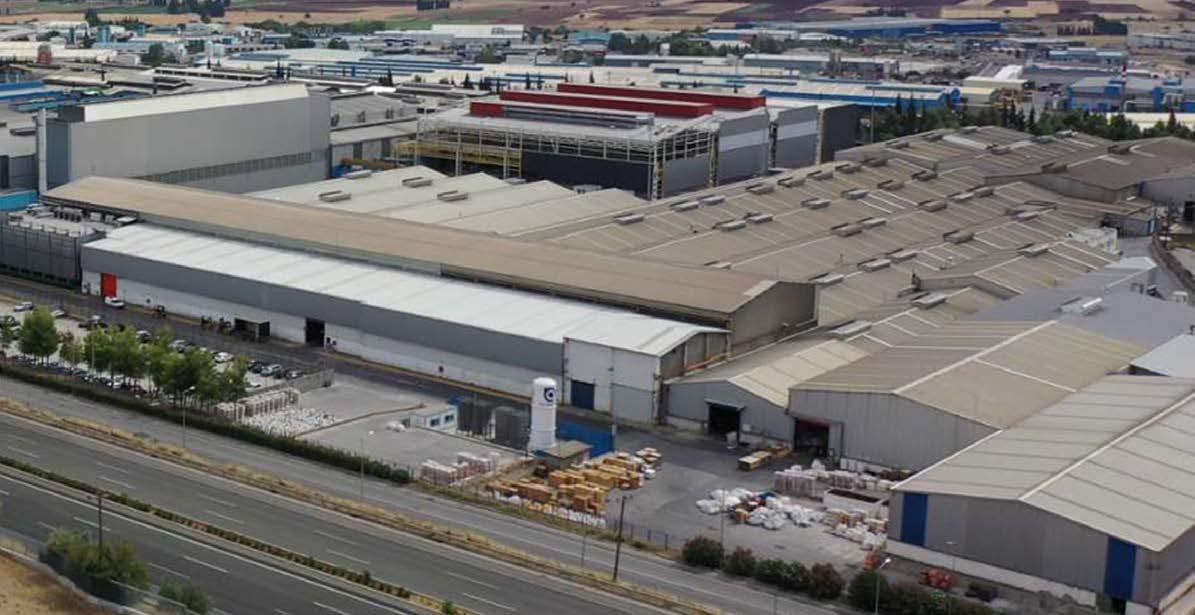
3 minute read
First Shipment of Iron Ore was 136 years-ago
AMERICA
First Shipment of Iron Ore was 136 years-ago
On July 31, 1884, 10 wood ore cars and trucks holding 20 bunches left the Minnesota Mine in Soudan en route to 2 Harbors, 68-miles via the northeastern Minnesota wilderness.
Portions of ore rattled like hail storm right into the cars as individuals on the docks competed for the honor of packing the first item," the late Iron Variety chronicler Marvin G. Lamppa mentioned in his publication "Minnesota's Iron Country."
It was the first shipment of iron ore from the Vermilion Range, part of Minnesota's renowned Iron Array. "Whatever began as an open pit," claimed Jim Essig, Lake Vermilion-Soudan Underground Mine
State Park manager. "The very best we can distinguish records was that it started to convert to below ground (Mining) in the late 1880s. From 188401963, the Soudan Mine produced 16,010,044 tons of iron ore.
In the 136 years because that first shipment, northeastern Minnesota's iron ore mines have actually become among the state's largest industries, giving the raw product needed to win world wars as well as provide the iron needed to make American steel. As all-natural iron ore came to be unfeasible to mine, the sector developed a brand-new way to make iron through the manufacturing of iron ore pellets from low-grade iron had in taconite.
Iron ore pellet manufacturing from 1950 through 2019 completed even more than 2,087,539,350 tons. Today, Minnesota iron ore accounts for over 80% of the "initial put" iron made in the United States.
The manufacturing of iron ore pellets-- which replaced natural iron ore manufacturing-- is a greater than $3 billion a year sector that supports greater than 200 businesses and 11,000 work throughout the state. Still, the background of iron ore stays a tourist attraction, claimed Essig.
Every year, 30,000 to 32,000 site visitors involve Lake Vermilion-Soudan Underground Mine, State Park. Many ride a small mining lift to the bottom of the 2,341-foot deep underground mine for a trip. Deep underground, carved though passages carved out of a solid rock, it's a scenic tour.
"From a sampling of what we do, it's one of the best tours in the country," stated Essig. "If you hop onto Google or Tripadvisor, you'll see great evaluations." Yet, Mining is not your dad or grandpa's market anymore. Picks and also shovels have long been changed by huge items of technological mining devices. Computers are made use of to help run trucks, shov

els as well as handling devices. As well as the northeastern Minnesota iron mining market can today produce about 40 million lots of iron ore pellets each year.
Steel made from Minnesota iron ore is utilized to produce vehicles and also vehicles, pipelines, buildings, ships, wind turbines, as well as thousands of various other steel items. "The breakthroughs in our sector are extraordinary because each position calls for higher skill and also provides better security," stated Kelsey Johnson, head of state of the Iron Mining Association of Minnesota. "Mining is safer today due to the developments in innovation as well as training.
Similar to breakthroughs in communication modern technology or farming, you can now see whole mine plans on your phone or tablet. Farmers can currently see their yields in real time as well as miners can currently see the quality of the rock." All of the breakthroughs have made the iron ore sector better, smarter, as well as need more advanced skills as well as training, Johnson claimed.
"With these advances, people are the actual brains-- they rapidly examine what they are seeing and move their training course to adapt. Every industry needs evolution, and Mining is no various." Minnesota Division of Natural Resources authorities estimates greater than a hundred of years of iron ore continues to be on Minnesota's Iron Variety.











